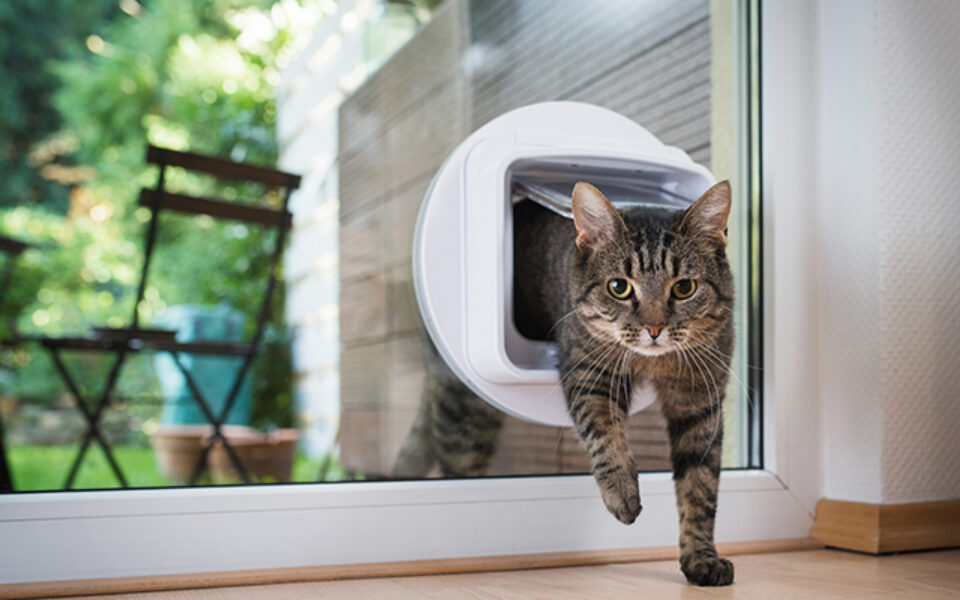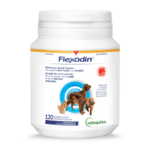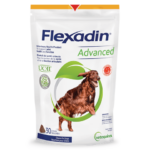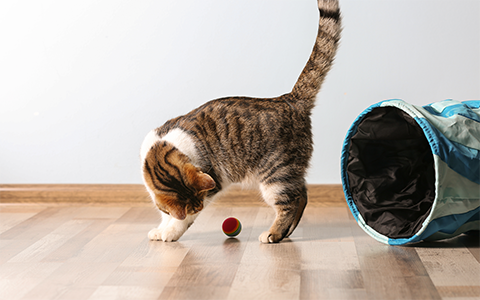Between looking out of the window and trying to sneak out whenever the front door is open, it’s easy to tell when a cat yearns to roam freely outside. Is it safe for them to do so? Will they be unhappy if they’re kept inside? Ultimately, the decision is yours. Here are the pros and cons of each option to help you determine what you consider best for your pet.
Keeping your cat indoors
Pros
According to UC Davis School of Veterinary Medicine, indoor cats live on average 10 to 15 years, while outdoor cats only live an average of 2 to 5 years. By remaining safely at home, your cat won’t have to worry about hypothermia or heatstroke, fighting with other animals, being hit by a car, becoming lost or trapped, and is less likely to develop an infectious disease or acquire parasites.
Cons
Indoor cats tend to be less active, which increases the risk of health problems like diabetes, obesity and arthritis. Without proper stimulation, they can also become restless or develop problematic behaviour, like scratching furniture or urinating outside their litter box. Be ready to put in a little extra effort to make sure your cat gets enough exercise.
Things you can do
Make sure your cat has access to items like a scratching post, toys, hiding places and a tall cat tower they can climb. If possible, set up a comfortable area in view of a sunny window where they can sit or nap. Install a bird feeder right outside and let your cat enjoy the show!
Letting your cat outside
Pros
Besides feeding, cats who are allowed to run free need less attention because they’re having fun on their own! Between climbing, chasing birds, exploring their surroundings and listening to new sounds, there’s always something to keep their mind sharp and senses alert. All this physical activity can help your cat keep a fit, healthy weight. It’s even likely you won’t have to clean the litter box as often, if they do their business outside.
Cons
There’s a reason that, on average, cats allowed outside live much shorter lives: it’s dangerous out there. In addition to being chased by dogs or wildlife and fighting with other cats, your pet is at greater risk of being injured, getting poisoned by eating or licking a toxic substance, catching diseases like rabies or FIV (feline immunodeficiency virus), or becoming host to parasites like fleas, ticks and various worms.
Things you can do
It’s recommended for all cats to be microchipped, vaccinated, have year-round parasite control and visit their veterinarian regularly, but it’s truly a must for outdoor cats. Consider installing a cat door to allow your pet inside or outside as they wish throughout the day, but always try to get them safely back inside before dark.
A bit of both: build a catio!
A cat patio (or “catio”) is a safe, enclosed environment where your cat can enjoy the fresh air without facing the dangers of the outside world. You can read our guide to building your own right here.










